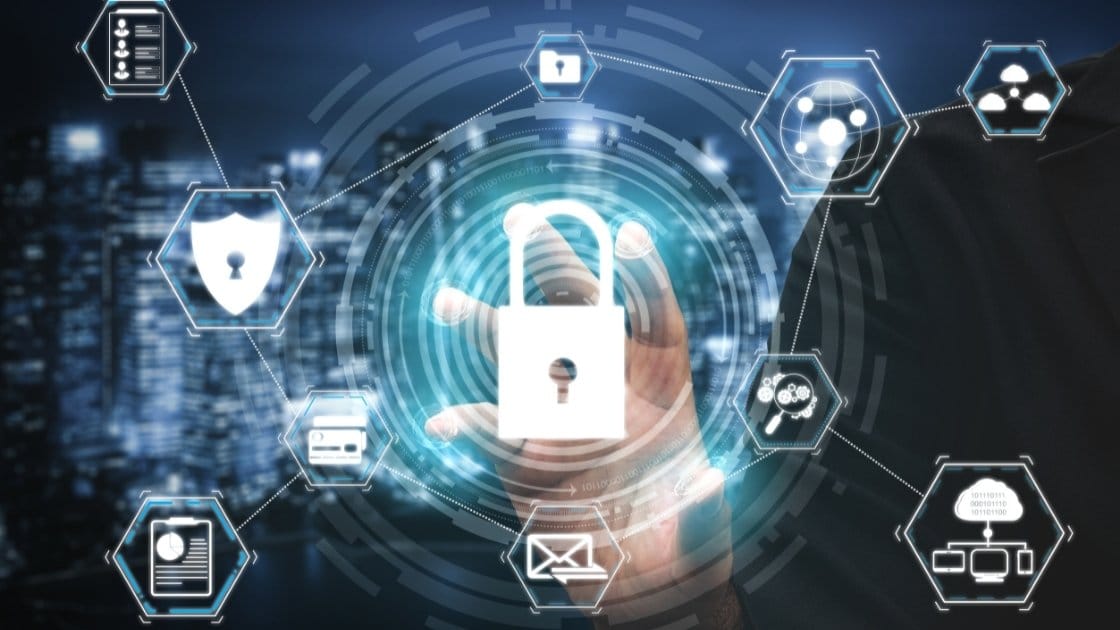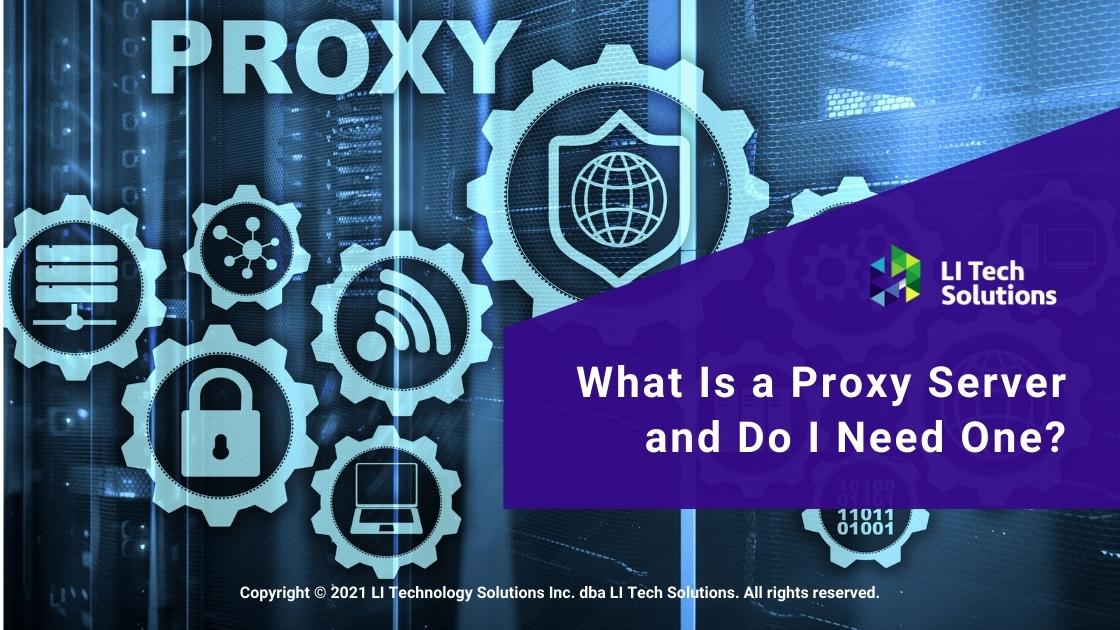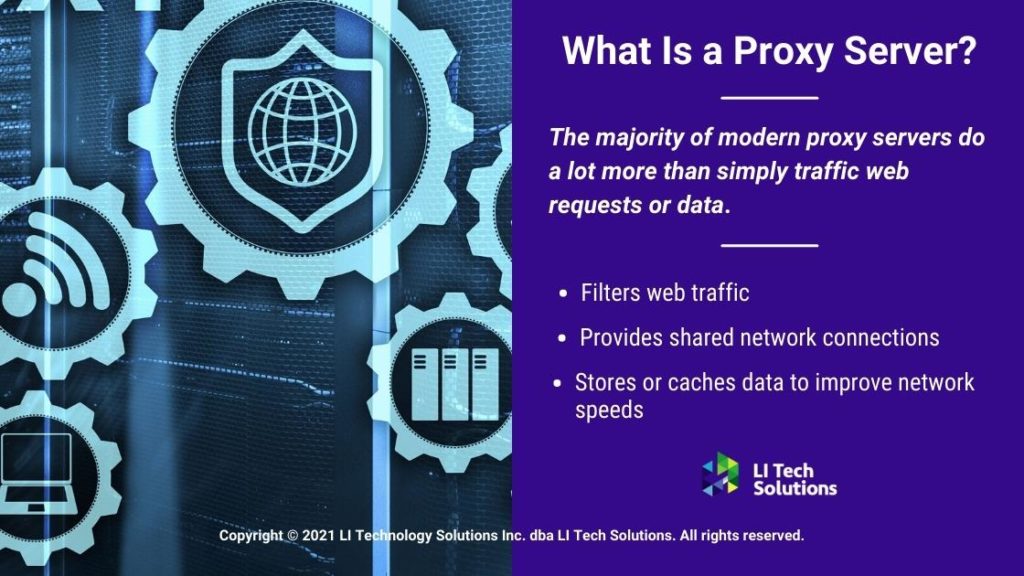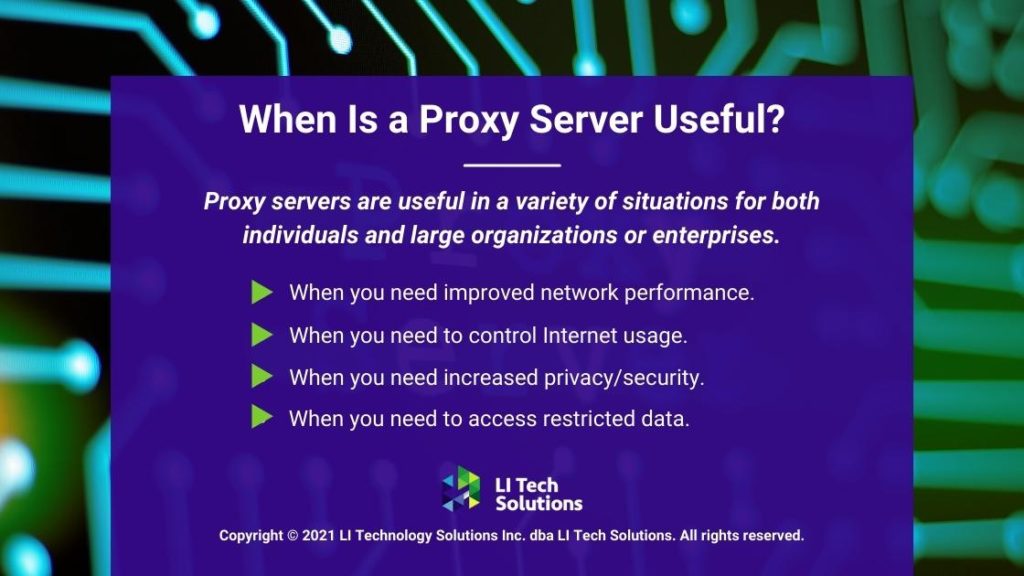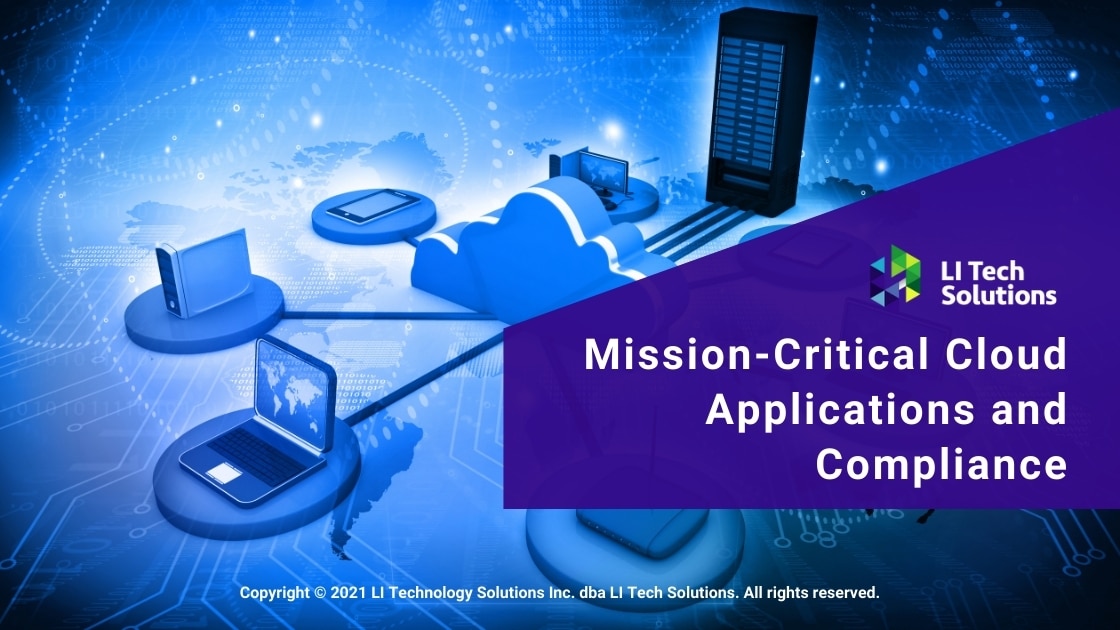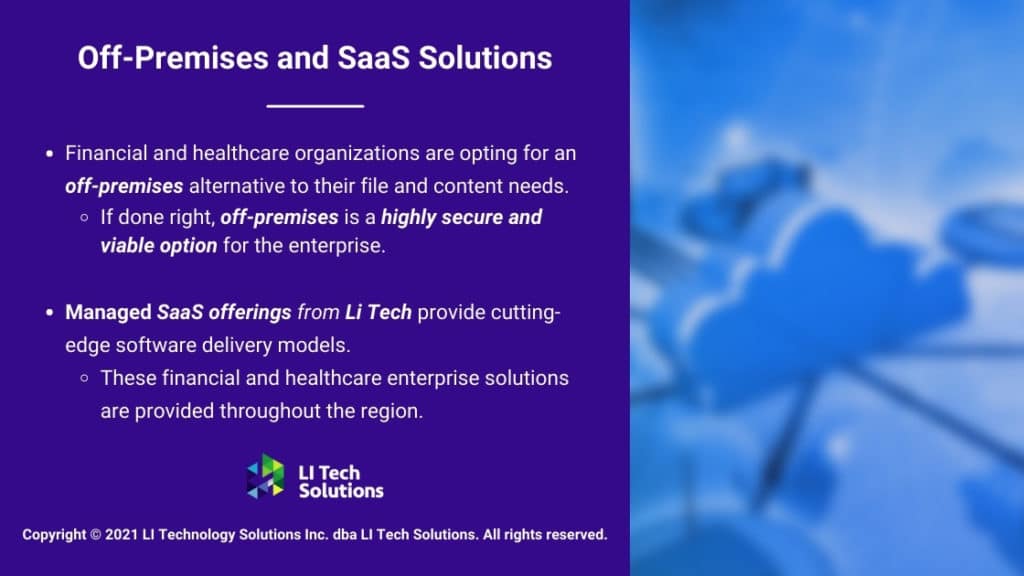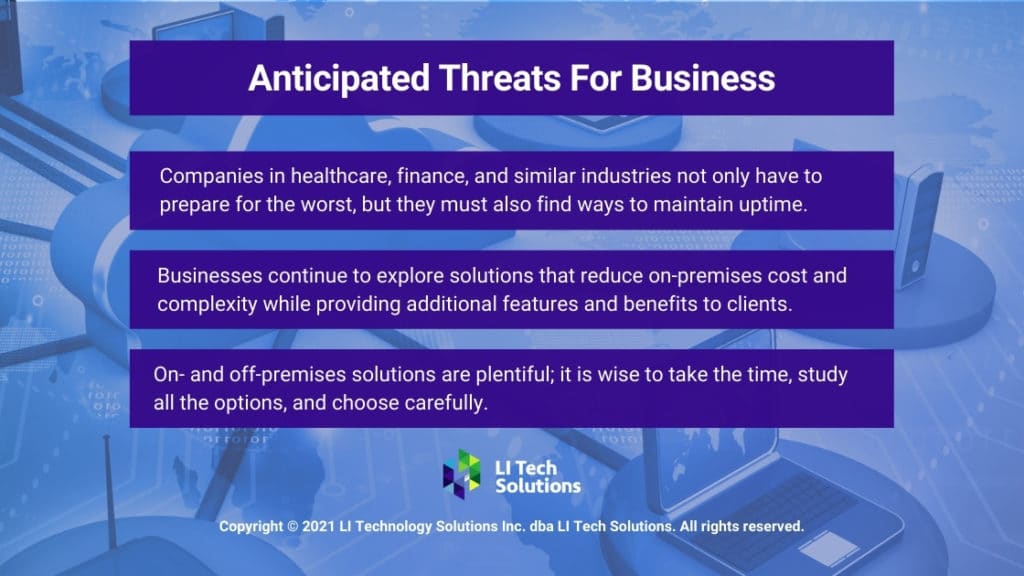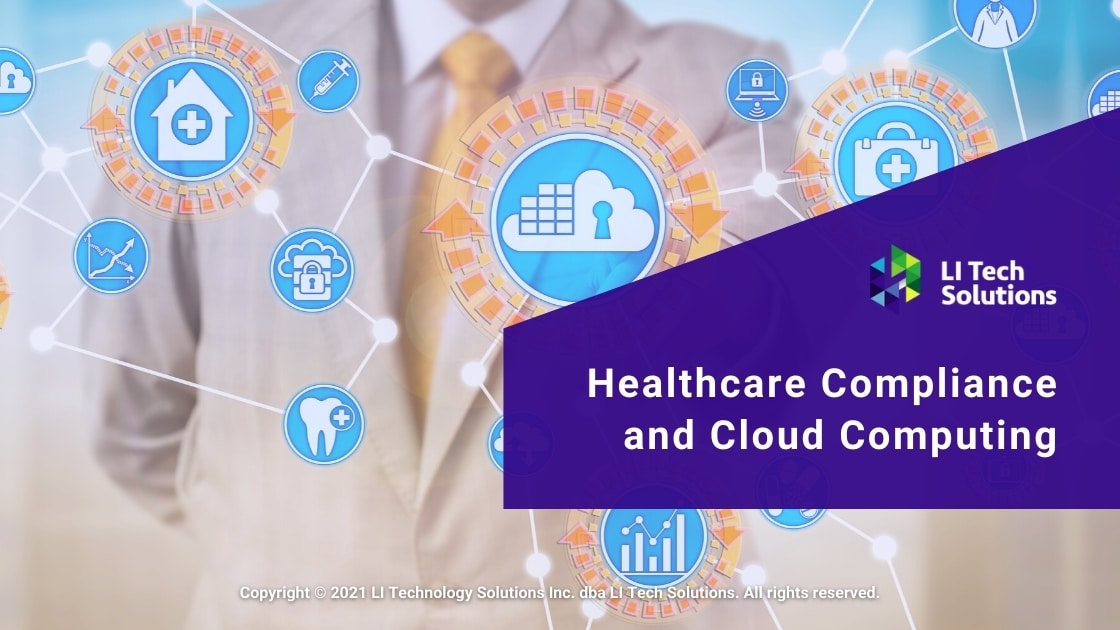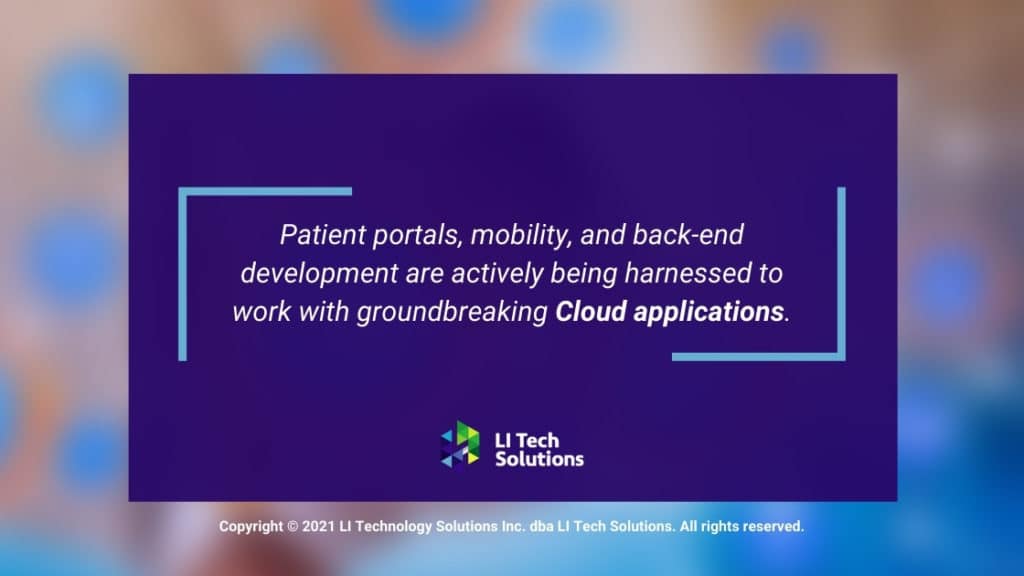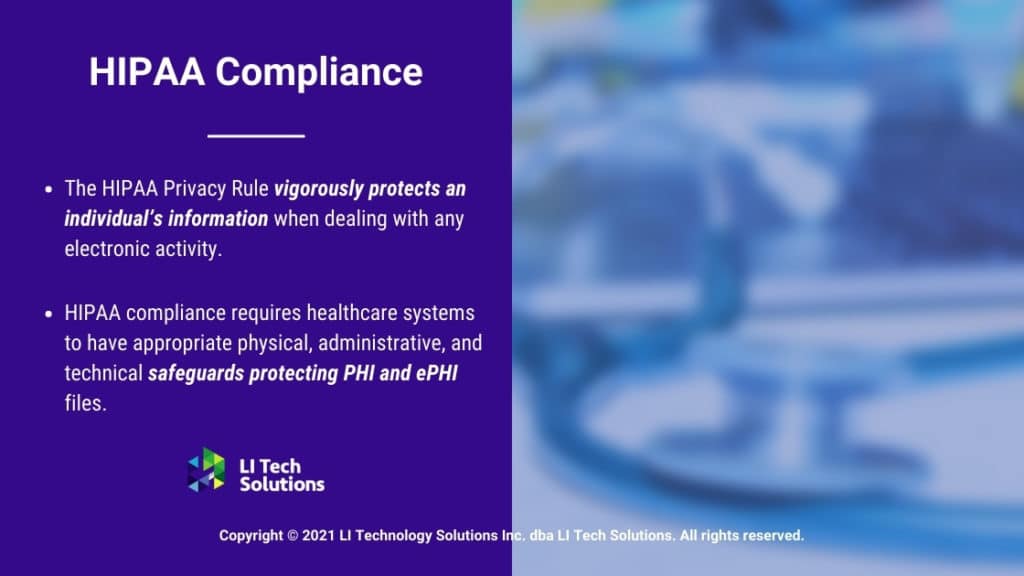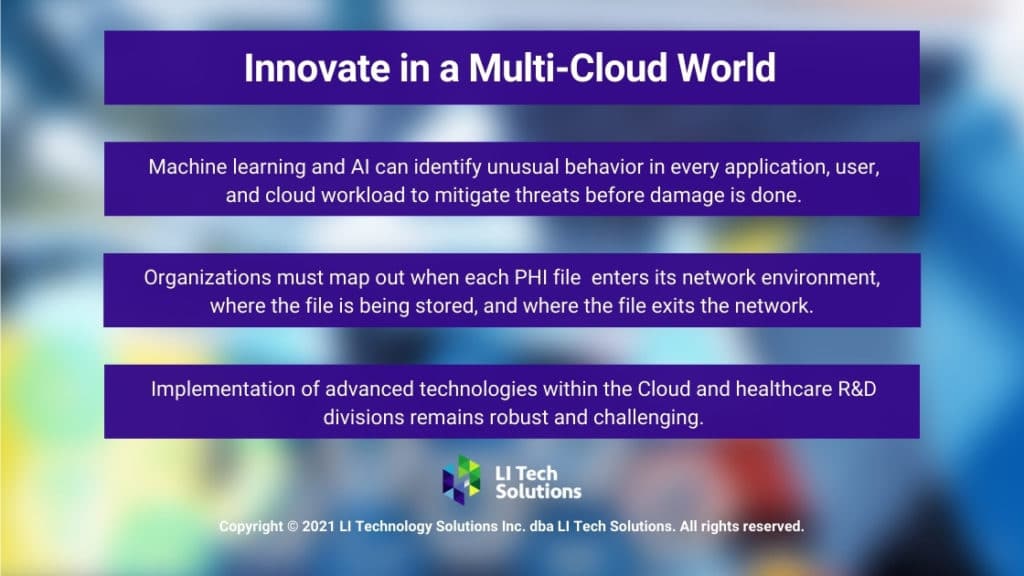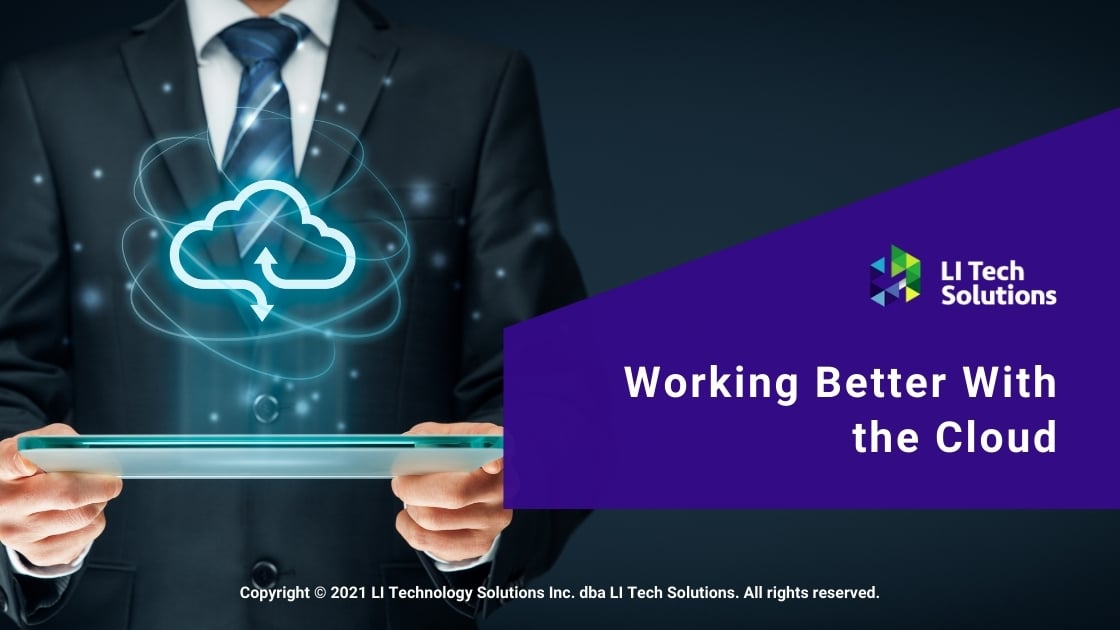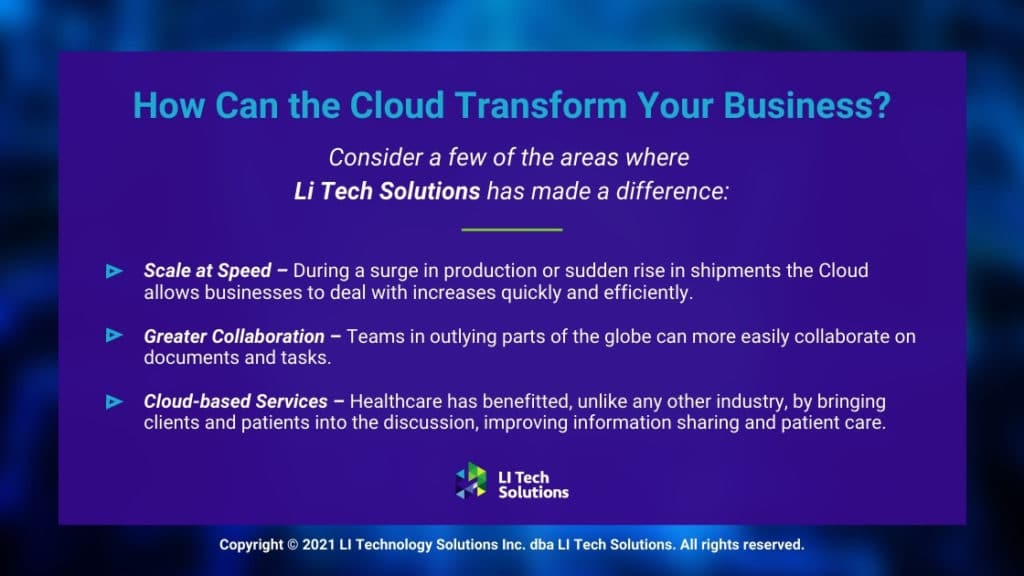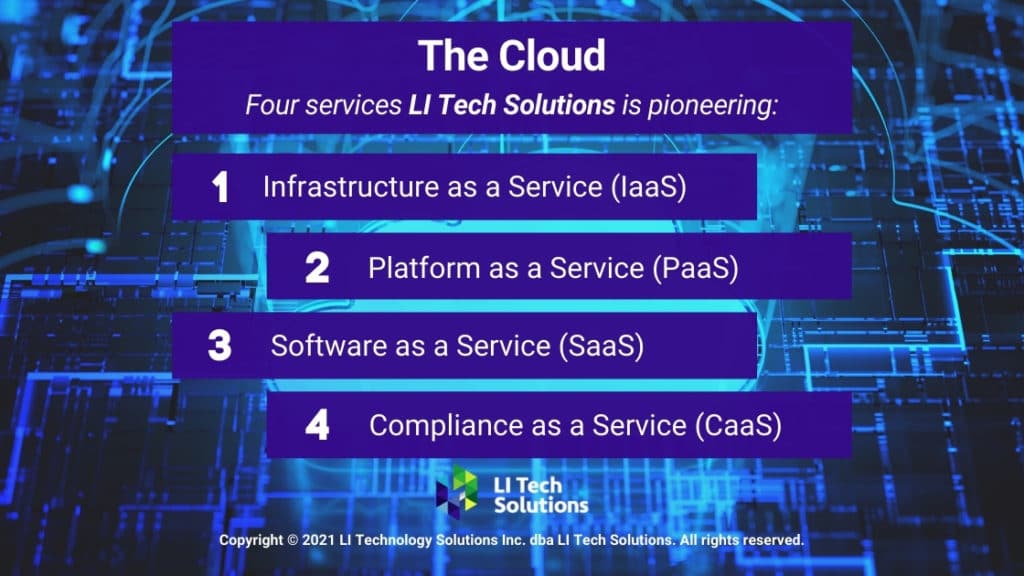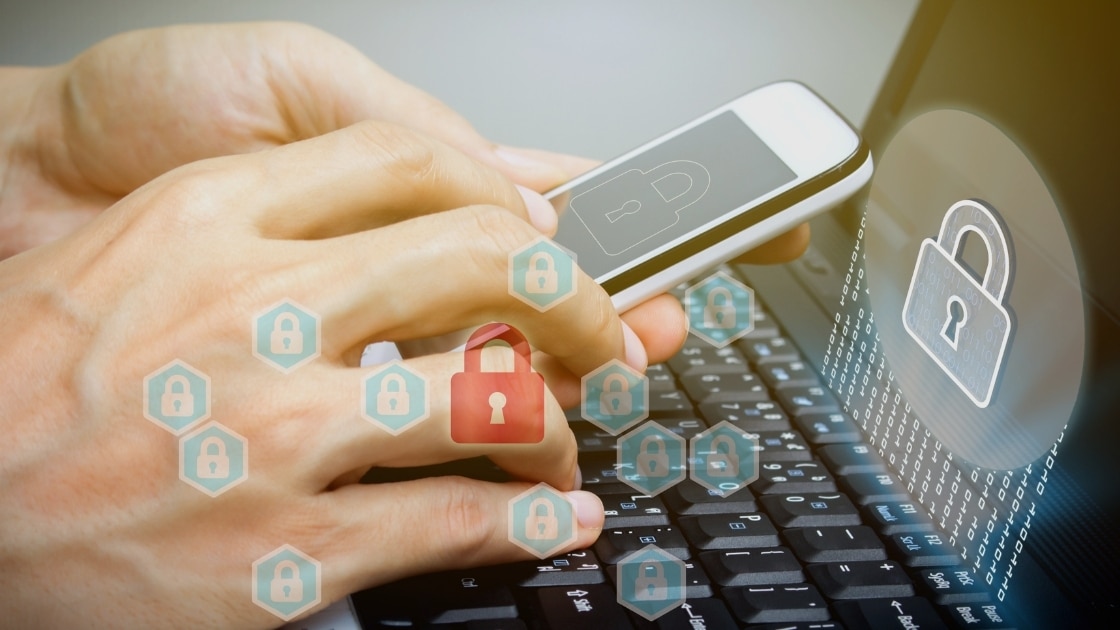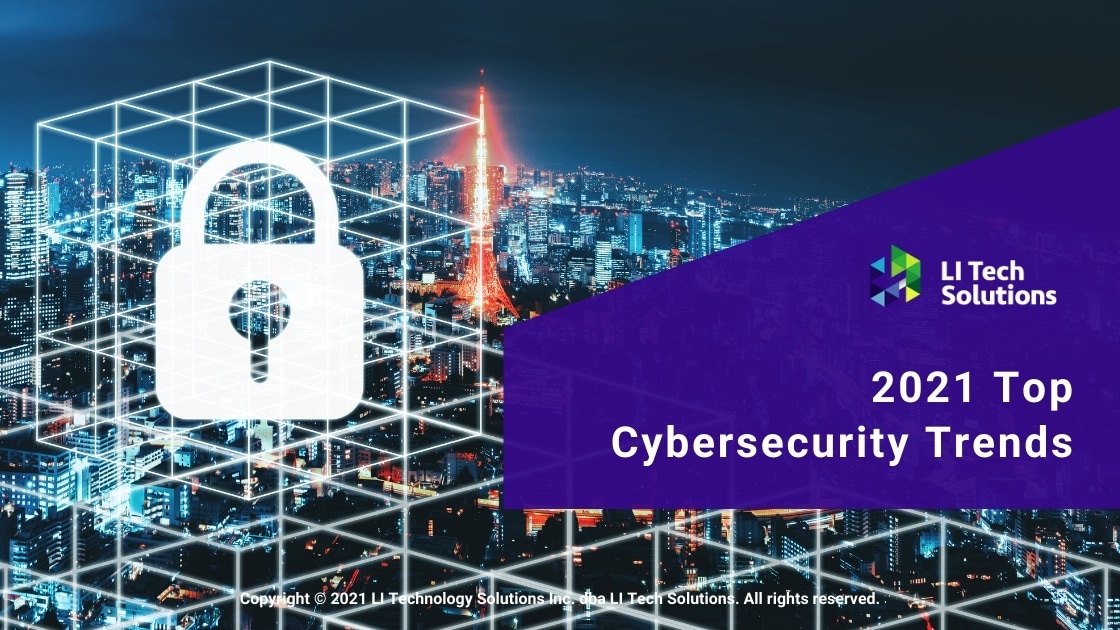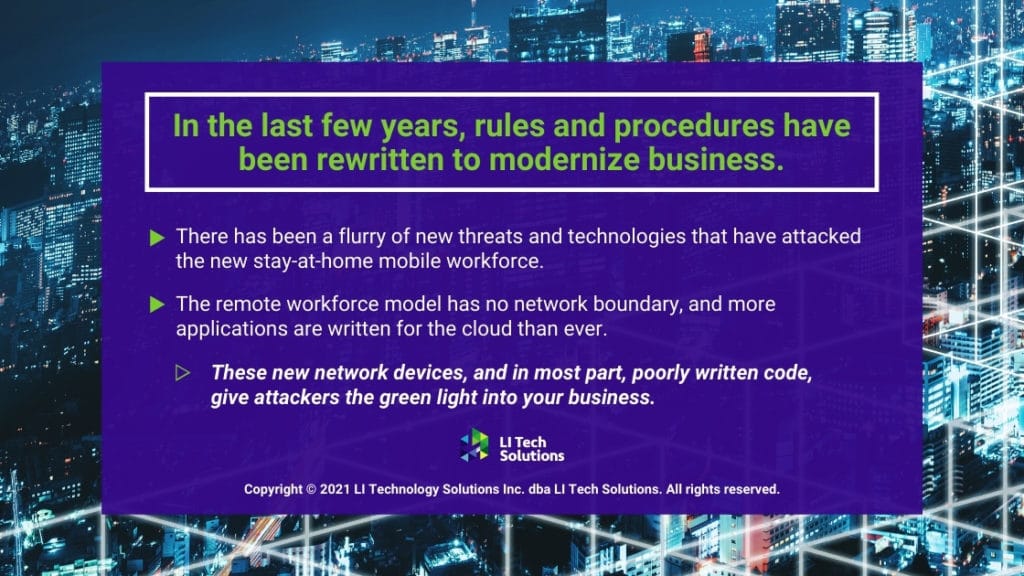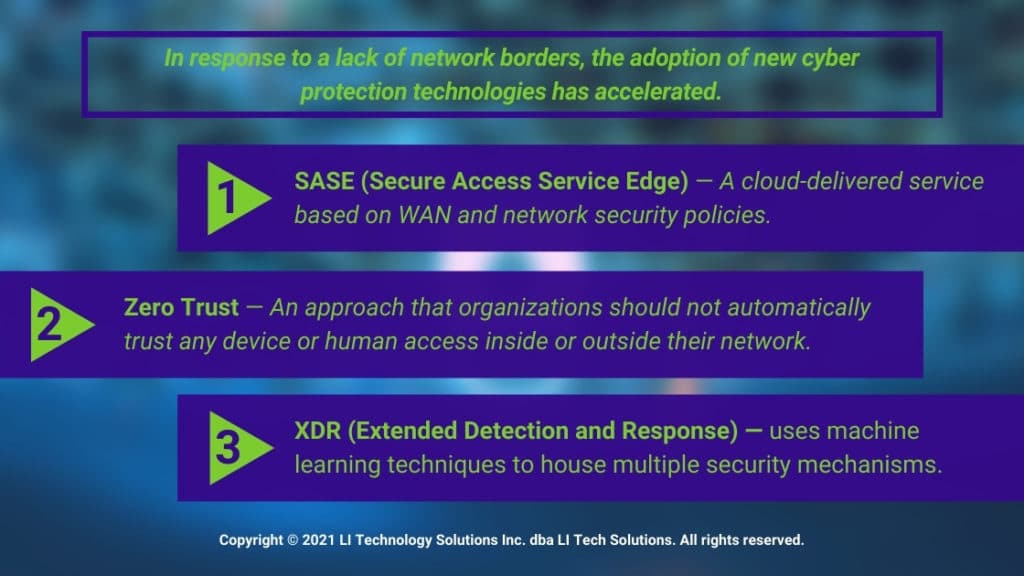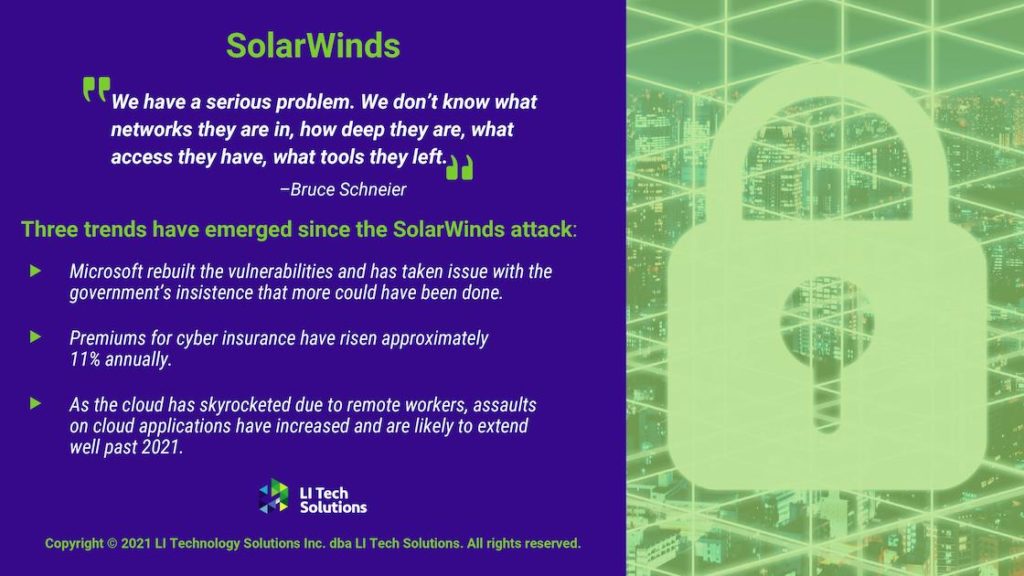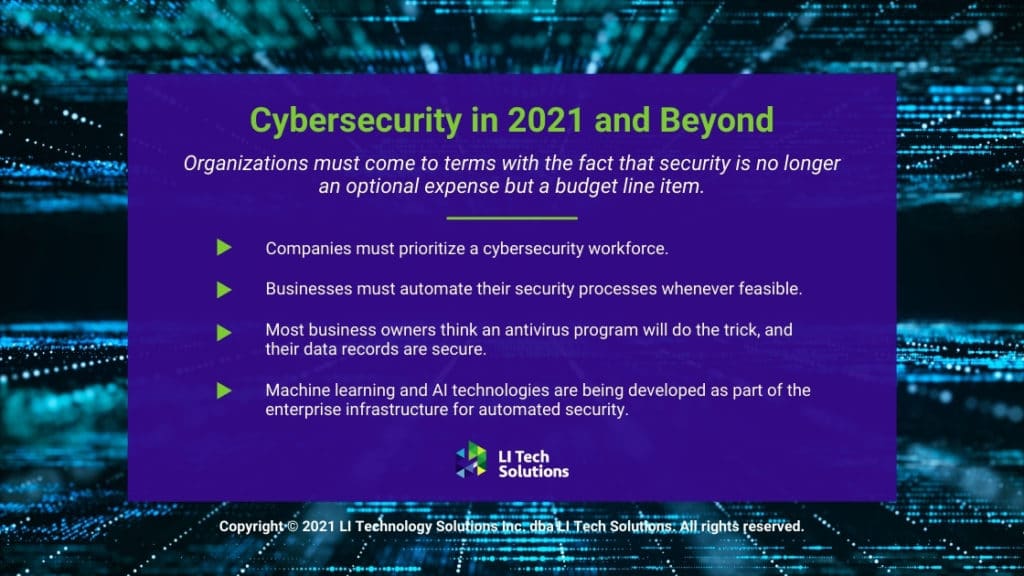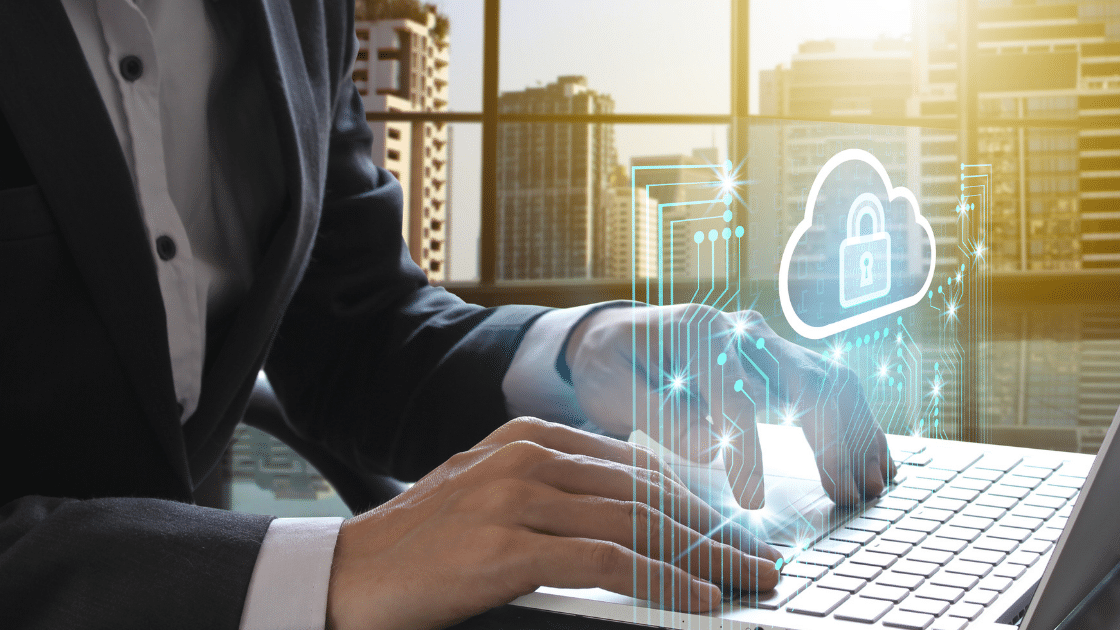Think Beyond Basic Backups to Tackle Ransomware
Although ransomware has long been a serious concern for business owners all over the world, the COVID-19 pandemic has created new opportunities for this threat to flourish, and the attack vector is likely to become even more dangerous in the coming years. We discuss the need for additional backup to tackle ransomware.
According to a report, 304 million ransomware attacks occurred globally in 2020, with ransomware affecting over 65% of global businesses. Experts suggest that this is only the tip of the iceberg. Unfortunately, even though SMBs continue to be disproportionately affected by these nefarious attacks, reporting and notifications rarely make the news.
When it comes to cybersecurity and ransomware, the biggest mistake SMBs make is assuming hackers only target large enterprises. This is why many SMBs still rely on simple backups and don’t have a solid ransomware backup strategy in place.
The truth is that hackers are counting on smaller businesses to have fewer security measures in place, making it easier for them to get into your systems. While it’s good to have a data backup, it’s high time you take its security a step further.
4 Dangerous Ransomware Myths Proven False
The 3-2-1 Backup Strategy for Your Business
This is an industry best practice for reducing the risk of losing data in the event of a breach. The 3-2-1 strategy involves having at least three copies of your data, two on-site but on different mediums/devices, and one off-site. Let’s examine each of the three elements and the issues they address:
- Three copies of data
Having at least two additional copies of your data, in addition to your original data, is ideal. This ensures that, in the event of a disaster, you will always have additional copies. The first backup copy of data is usually kept in the same physical location as the original, if not the same physical server.
- Two different mediums
Storing additional copies of your valuable data on the same server/location won’t be helpful in the event of a breach. Keep two copies of your data on different types of storage mediums such as internal hard drives, and removable storage like an external hard drive or a USB drive. If this isn’t practical for your business, keep copies on two internal hard disks in separate storage locations.
- One off-site copy
Keep one copy of your data off-site, far from the rest. This helps safeguard against worst-case scenarios.
In addition to the 3-2-1 backup strategy, consider applying the concept of layered security to keep your data and backup copies secure.
Importance of Layered Security in Cyber Defense
Most SMBs have an antivirus or firewall installed, but this is usually insufficient to combat today’s sophisticated threat landscape, necessitating the application of a layered security approach.
Because no security technology or measure is flawless or guaranteed, layered security assumes that attackers will infiltrate different layers of an organization’s defenses or have already done so. The goal of this approach is to provide multiple security measures so that if an attack gets past one security tool, there are others in place to help identify and stop the attack before your data is stolen.
The THREE ELEMENTS of layered security are:
- Prevention
Security policies, controls, and processes should all be devised and implemented during the PREVENTION phase.
- Detection
The goal of DETECTION is to discover and notify a compromise as soon as possible.
- Response
A quick RESPONSE is crucial for the detection phase to be meaningful.
Layered security is divided into seven layers by security experts. Hackers seeking to get into a system must break through each layer to gain access. If you want to keep cybercriminals out of your systems, concentrate on improving these seven layers:
1. Information security policies
Implement security policies that restrict unauthorized access because the security and well-being of IT resources are dependent on them. This will help you raise information security awareness inside your organization and demonstrate to your clientele that you’re serious about securing their data.
2. Physical security
Physical security measures, such as fences and cameras, are critical to prevent unwanted intruders from breaking in. It also helps monitor employees with access to sensitive systems.
3. Network security
All it takes is for hackers to exploit a single vulnerability to get access to a company’s network. They can easily break into computers and servers after they’ve gained access to your network. Therefore, establishing effective network security measures is essential.
4. Vulnerability scanning
Vulnerabilities that occur because of factors such as inadequate patch management and misconfigurations open the door for cybercriminals. However, vulnerability scans help detect these missed patches and improper configurations.
5. Strong identity and access management (IAM)
Because of technological advancements, acquiring passwords and hacking into networks is easier than ever. IAM restricts access to critical data and applications to certain workers, making unauthorized access hard.
6. Proactive protection and reactive backup + recovery
Proactive protection detects and fixes security risks before they lead to a full-blown breach. The goal of reactive backup and recovery is to recover quickly after an attack.
7. Continual monitoring and testing
Failure to regularly monitor and test your backup and disaster recovery strategy is a major oversight and can result in a breach.
While it’s your responsibility to make sure your business doesn’t get sucked into the quicksand of data loss, it’s easy to become overwhelmed if you’re attempting to figure out everything on your own. Working with data protection backup providers at LI Tech gives you the advantage of having experts on your side. We’ll make sure your backup and security postures are capable of tackling ransomware threats. Li Tech Solutions offers clients in Long Island and Brooklyn the mission-critical services every business needs to succeed. Reach out today to schedule a consultation.

